Introduction
A period of Connecticut’s environmental history is preserved in a little-known state bulletin that Connecticut College Libraries are thrilled to announce has now been digitized in a user-friendly and publicly accessible format on Internet Archive. The completion of the Citizens’ Bulletin digitization project is a welcome addition to the Libraries’ already solid holdings in environmental studies.
Like many periodical publications, Citizens’ Bulletin went through a number of name changes over the course of its 18 years in print — DEP Citizens’ Bulletin (10/1973 – 12/1975), Citizens’ Bulletin (1/1976 – 6/1988), and finally Connecticut Environment: The Citizens’ Bulletin of the Connecticut Department of Environmental Protection (7/1988 – 6/1991). We have chosen to refer to the publication in general as Citizens’ Bulletin, since that name is present in each of the three variant tiles.
Citizens’ Bulletin was a monthly publication (11 issues per year) of the newly formed Connecticut Department of Environmental Protection (established in 1971) that began significantly in the heyday of environmentalism in 1973, three years after the first Earth Day. The Bulletin endured several brief print stoppages along the way, and continued publication until its end due to state budget cuts in 1991. The inaugural issue in October 1973 laid out the publication’s mission: “to give you the information you need to participate in decisions affecting the quality of our environment.”
Bulletin History
That Citizens’ Bulletin began publication in 1973 is significant, because that was the year of a major international oil crisis that fueled an explosion of creative environmental thinking in North America. That environmental thinking is well documented in library catalogs nationwide, and it remains relevant to this day. To see examples of these ideas, direct your web browser to an online library catalog of your choice, type in a search for the words solar or energy, for example, and limit to documents published between the years of say 1973 and 1980 (e.g. Shain Library or Connecticut State Library).
Following Rachel Carson’s 1962 publication of Silent Spring, and fresh on the heels of the 1968 circulation of the influential Earthrise photos of planet earth from outer space, the environmental movement, and in turn the pages of Citizens’ Bulletin, present us with an inspiring array of new ideas about how to live on a changing planet. From air pollution, cars, and land trusts, to recycling, solar energy, and wetlands protection, virtually all of the major environmental issues and policies of today can be traced back to the now decades-old pages of Citizens’ Bulletin.
The Connecticut College Connection
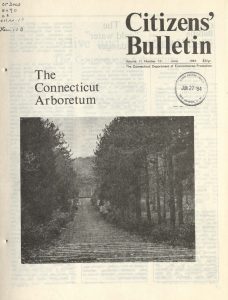
Connecticut College Arboretum on the cover of the June 1984 issue of Citizens’ Bulletin.
Environmental conservation efforts right here at Connecticut College are documented in the pages of Citizens’ Bulletin. In addition to a cover story on The Connecticut [College] Arboretum in the June 1984 issue that makes the College’s presence in the Bulletin’s history explicit, wetlands protection is a topic addressed throughout the Bulletin’s history, from the first issue to the last, leaving the College’s role implicit throughout. The implicit role can better be understood by recognizing the environmental leadership of professor emeritus William Niering (1924-1999), who advocated for the passage of landmark legislation to protect Connecticut’s wetlands.
First, was the passage of the 1969 Tidal Wetlands Act (see Niering’s ’69 testimony here). In celebrating the 50th anniversary of this Act, the Connecticut Department of Energy and Environmental Protection (DEEP) pays special tribute to Niering’s “significant contributions.” In 1972, just a year before the launch of Citizens’ Bulletin, Niering advocated for the passage of the Inland Wetlands and Watercourses Act (IWWA; see Niering’s ‘72 testimony here), considered by DEEP to be one of the top 40 environmental accomplishments of the past 40 years.

Wetlands on the cover of the February 1987 issue of Citizens’ Bulletin.
In 1987, when the IWWA act was amended, just a few years before the Bulletin would cease publication, Niering testified again on behalf of wetlands protection (click here for Niering’s ‘87 testimony). Hence, the entire print-run of the Bulletin is virtually bookended between important wetlands legislation that was championed right here at Connecticut College. Over the years, there were cover stories on wetlands in the March 1976, December 1977, January 1978, May 1984, and the February 1987 issues, which all bear a trace of Niering’s impact.
Summary of Digitization
Citizens’ Bulletin was discovered serendipitously in the stacks of the Charles E. Shain Library at Connecticut College around August 2017, when news organizations briefly turned their attention towards New London, Connecticut, to learn that Maggie Redfern of The Connecticut College Arboretum was defending her un-mowed lawn before a hearing in front of the city’s blight officer. That’s when staff at Shain Library noticed the article “A Few Beautiful Reasons Not to Cut the Grass” by
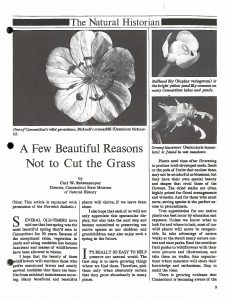
“A Few Beautiful Reasons Not to Cut the Grass” featured in the September 1989 issue of Citizens’ Bulletin.
Carol Rettenmeyer of the Connecticut State Museum of Natural History in the September 1989 issue of Citizens’ Bulletin, and realized there was more context to the no-mow topic than was immediately apparent in the news. This unexpected connection that was made in the library stacks set the initial spark for thinking about the value of making Citizens’ Bulletin available in a new way by digitizing the whole thing.
It turns out Shain Library’s print holdings of Citizens’ Bulletin only go back to 1979. Having received permission from the Department of Energy and Environmental Protection to digitize and make publicly available the entire print run (Chris Collibee, personal communication, January 8, 2019) meant we would need to find the rest of the back issues in another library. Fortunately, according to WorldCat both the Connecticut State Library and UCONN’s Library hold collections of back issues, and the State Library was happy to let us scan from theirs.
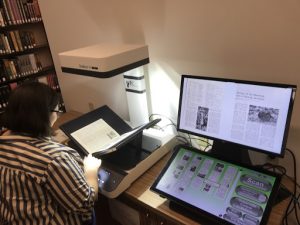
Connecticut College student Rachel Haines ’20 scans an issue of Citizens’ Bulletin in Shain Library.
So began an effort to scan the State Library’s issues from 1973 to 1979, and Shain Library’s issues from 1979 to 1991. At the State Library a Scannx Book ScanCenter 6167 flatbed scanner was used to scan all issues in readable (OCR) form. At Shain Library, the remaining issues were scanned using a KIC Bookeye 4 V2 scanner set to 400 DPI. Many thanks to Rachel Haines ’20 for handling the vast majority of scanning in Shain Library during the summer of 2019. And many thanks to Lori Looney, Technical Services and E-Resources Specialist, for handling the vast majority of uploading to Internet Archive during the fall 2019 semester.
Directions for Future Research
The discovery of Citizens’ Bulletin in the stacks of Shain Library is evidence of a slogan I am occasionally heard repeating — there are hidden treasures in Shain Library (see p.9). The more creative and interpretive rigor we bring to bear on our library collections, naturally, the more we will be able to appreciate their tremendous riches. Given the way Citizens’ Bulletin brings together a diverse array of truly global environmental concerns and grounds them in issues and policies affecting Connecticut towns, makes this digitization project a research tool of potential interest to those concerned with the “global-local engagement” component of the College’s Connections curriculum.
The Citizens’ Bulletin collection on Internet Archive could be of research interest to budding scholars in ConnCourses, the Critical Interpretation and Analysis Mode of Inquiry courses, the Goodwin-Niering Center for the Environment, the Museum Studies Certificate Program, the Social Justice and Sustainability Pathway, as well as to so many other people from diverse backgrounds. Anyone with an interest in the environment and its protection in Connecticut will find a wealth of historical context in the pages of Citizens’ Bulletin. Though, it does leave one to wonder why so little has changed since the days when this wonderful little Bulletin was still circulating. Alas, why not take this opportunity to start reading it again and we can pick up right where we left off?
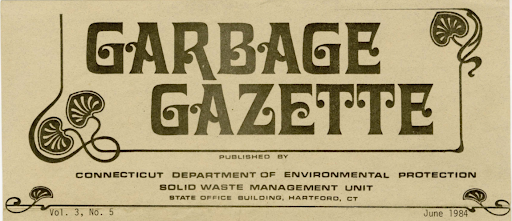
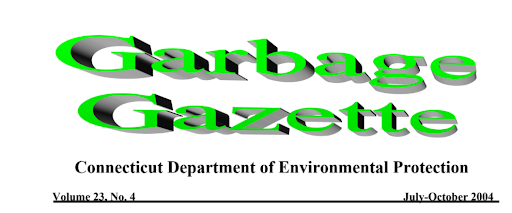
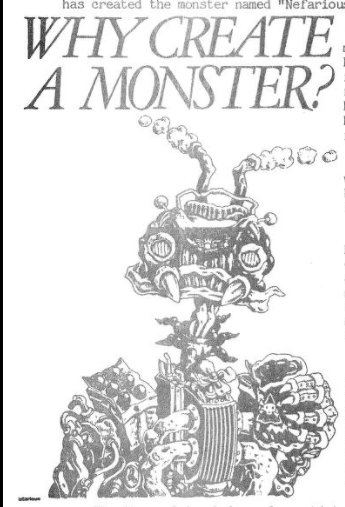
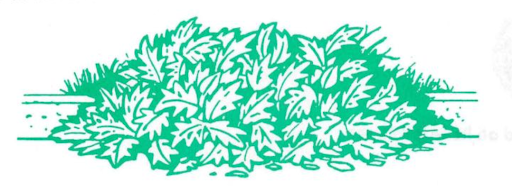



















Recent Comments